The Gravity Conundrum - Why Spinning Spacecraft Are a Complex Solution

The Quest for Artificial Gravity
As space agencies and private companies venture further into space, the need for artificial gravity becomes increasingly important. Long-term space missions require a reliable means of simulating gravity to mitigate the health risks associated with microgravity environments. One proposed solution is rotating habitats, which can produce artificial gravity through centrifugal force.
The Concept of Rotating Habitats
Rotating habitats, also known as spinning spacecraft, are designed to rotate around a central axis, creating an outward force that simulates gravity. This concept has been explored in various space mission designs, including the Gateway, a lunar-orbiting space station, and the Mars Reconnaissance Orbiter.
Technical Challenges of Spinning Spacecraft
However, spinning spacecraft pose significant technical challenges. For instance, the rotation creates complex dynamics, affecting navigation, communication, and even the structural integrity of the spacecraft. Moreover, the rotating sections must be precisely balanced to avoid wobbling or vibration, which could compromise the entire mission.
Overcoming the Challenges
Despite these challenges, researchers and engineers are actively exploring innovative solutions. Advances in materials science and robotics may help address the structural and balance issues. Additionally, sophisticated simulation tools and mission planning strategies can optimize the rotation parameters for a stable and efficient artificial gravity environment.
The Problem with Spin
As we explore the concept of spinning spacecraft, a significant challenge arises: the speed of rotation. This is a critical factor in creating artificial gravity through centrifugal force.
Size Matters: Rotation Speed and G-Forces
Smaller spacecraft need to rotate faster to achieve the same level of artificial gravity as larger ones. However, this increased speed generates intense G-forces, which can be detrimental to both the spacecraft's structure and its occupants.
Resource Intensive: Larger Spacecraft
Larger spacecraft, on the other hand, can rotate slower, reducing the G-force intensity. Nevertheless, this comes at a cost: more resources are required to achieve and maintain the desired rotation speed, making the mission more complex and expensive.
SpinLaunch: A Novel Solution
SpinLaunch's innovative approach aims to overcome these limitations by employing a unique technology. Their method uses a large, spinning centrifuge to accelerate spacecraft to high speeds, eliminating the need for onboard propulsion systems. This approach has the potential to revolutionize the way we launch spacecraft, making it more efficient, cost-effective, and safer for both crew and cargo.
Stability and Control Issues
Rotating Spacecraft Can Experience Stability and Control Problems
As a spacecraft rotates, it can encounter stability and control issues due to the complex interaction between its angular momentum and the external torques acting upon it. These issues can arise from the spacecraft's design, propulsion system, and the environment it operates in.
Attitude Adjustments Are Crucial to Maintain Orientation
Maintaining the correct attitude (orientation) is vital for a spinning spacecraft to ensure proper functioning of its instruments, communication equipment, and solar panels. Attitude adjustments are necessary to counteract the effects of external torques, such as gravitational influences, solar radiation pressure, and thruster firings.
Spin Stability Is Essential for Spacecraft Navigation
Spin stability is critical for navigation, as it directly affects the spacecraft's trajectory and ability to reach its intended destination. Uncontrolled spin can lead to fuel consumption, reduced maneuverability, and even complete loss of control. Therefore, precise control over the spacecraft's spin rate and axis is essential for successful mission execution.
The Future of Artificial Gravity
As we continue to venture further into space, the need for artificial gravity becomes increasingly important. Researchers are exploring alternative methods to achieve this, moving beyond the traditional spinning spacecraft concept.
Exploring Alternative Methods
Scientists are investigating various approaches to create artificial gravity, including:
- Inflatable spacecraft that can rotate to simulate gravity
- Rotating sections of spacecraft that can provide a gravitational force
- Centrifuges that can mimic gravitational forces through rotation
Inflatable Spacecraft and Rotating Sections Show Promise
Inflatable spacecraft and rotating sections offer a promising solution to the artificial gravity conundrum. These designs can provide a gravitational force without the need for a large, spinning spacecraft.
Overcoming Spinning Spacecraft Challenges
However, overcoming the challenges associated with spinning spacecraft is crucial for deep space exploration. These challenges include:
- Stabilization and control issues
- Coriolis effects on the human body
- Scalability and feasibility for long-duration missions
Addressing these challenges will be essential for the development of reliable and sustainable artificial gravity solutions.
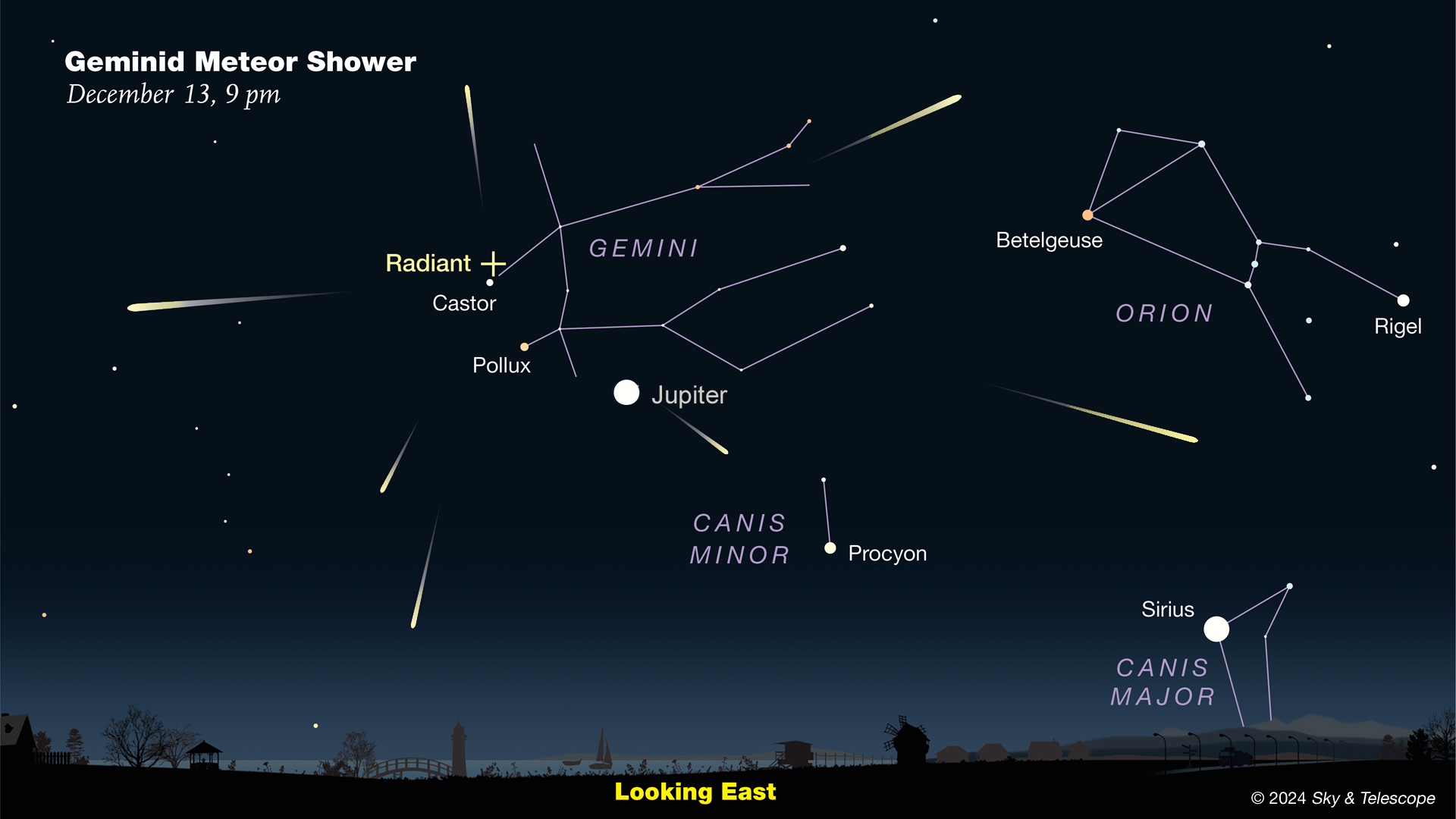

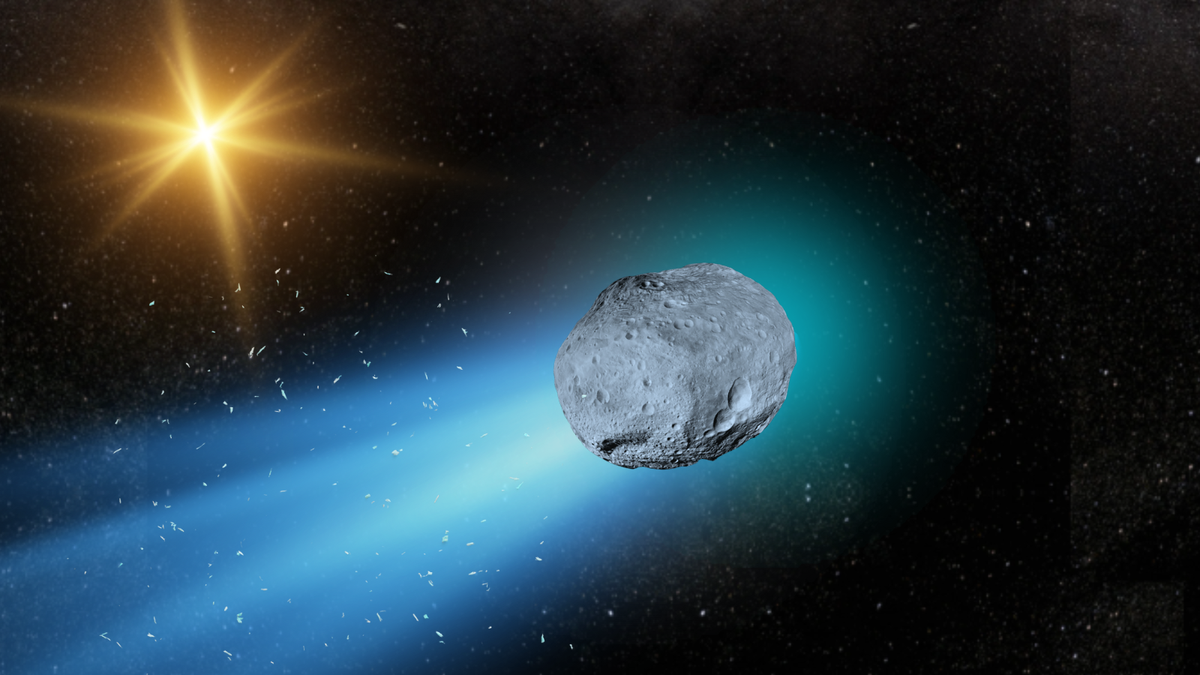
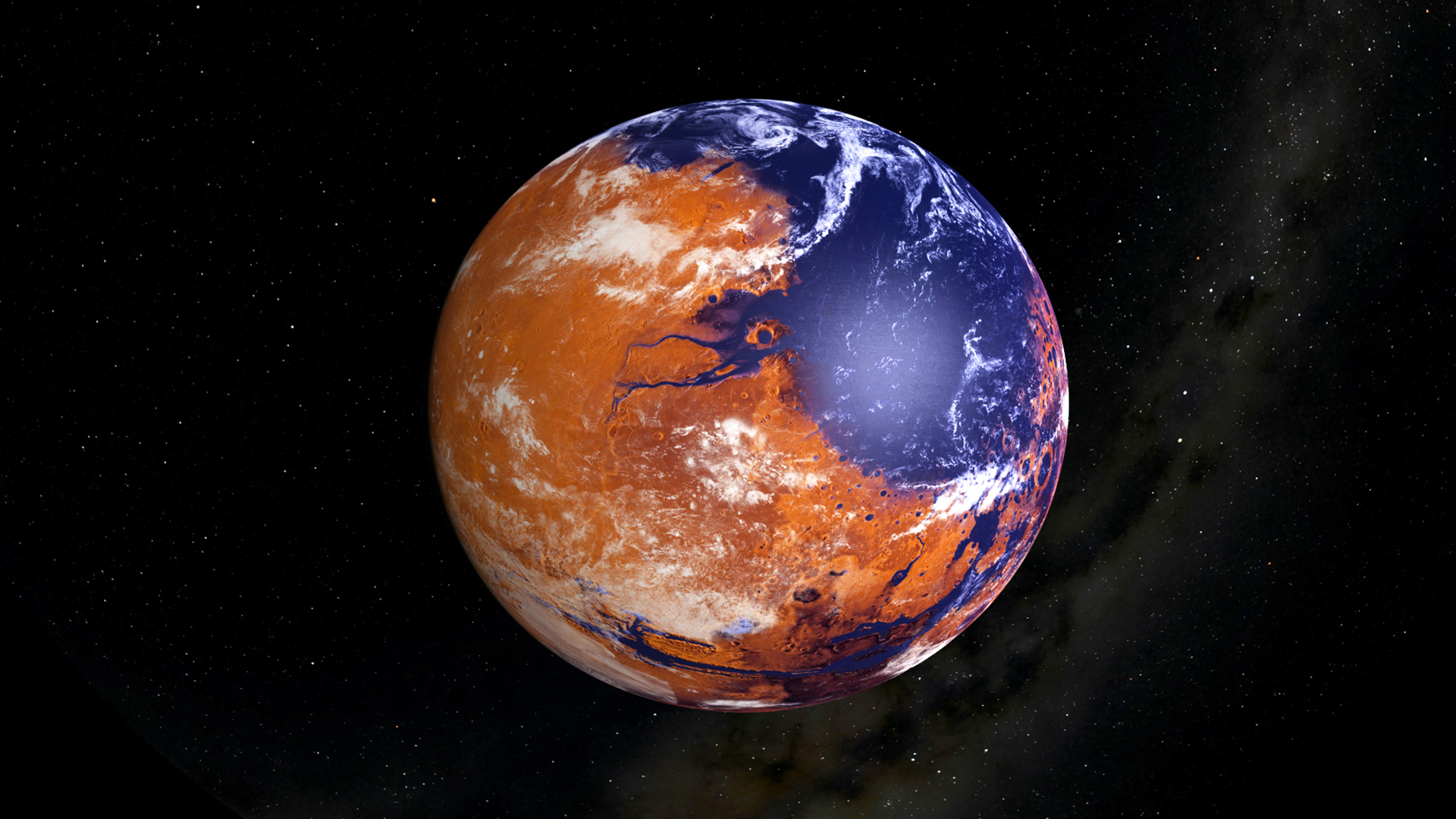
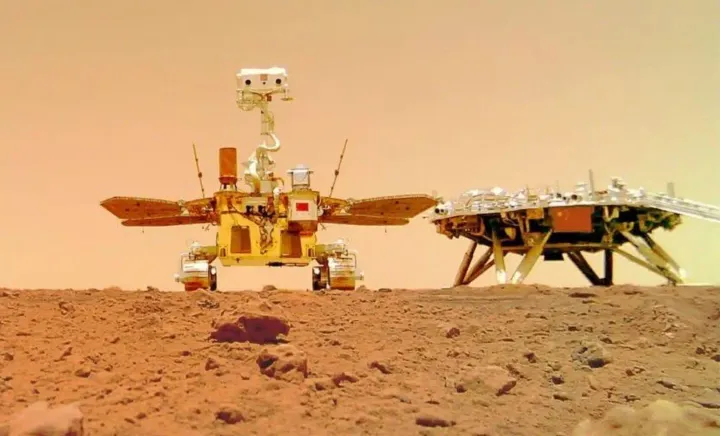
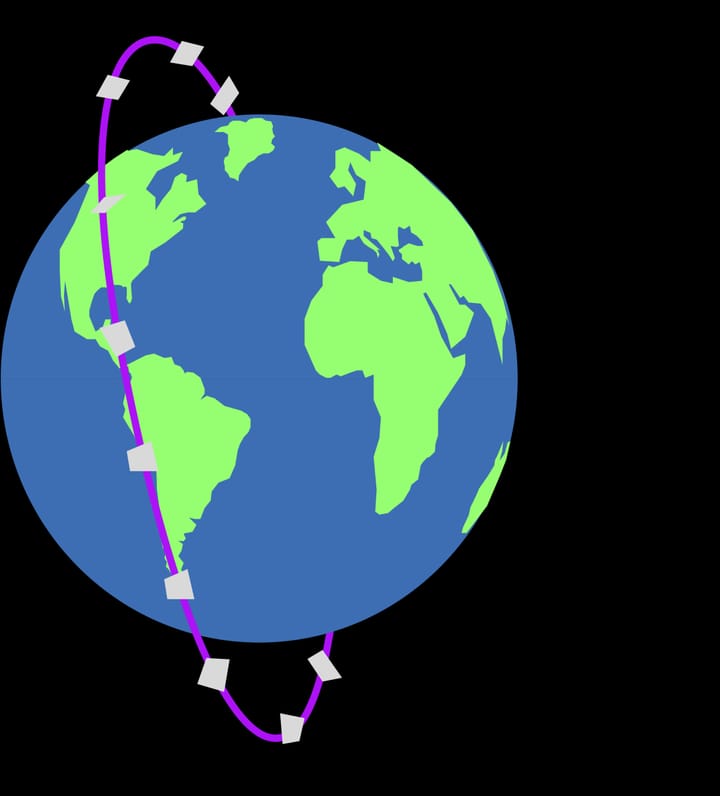
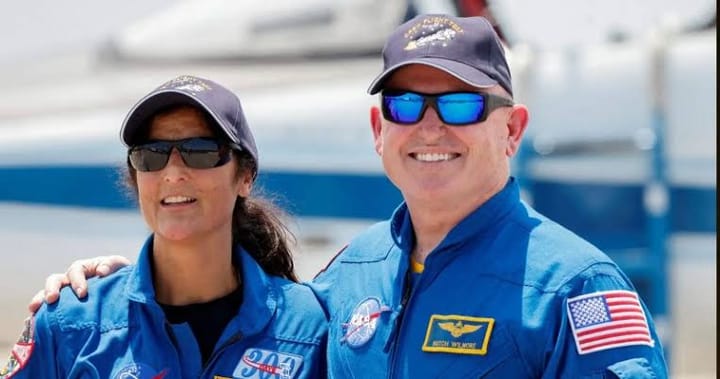







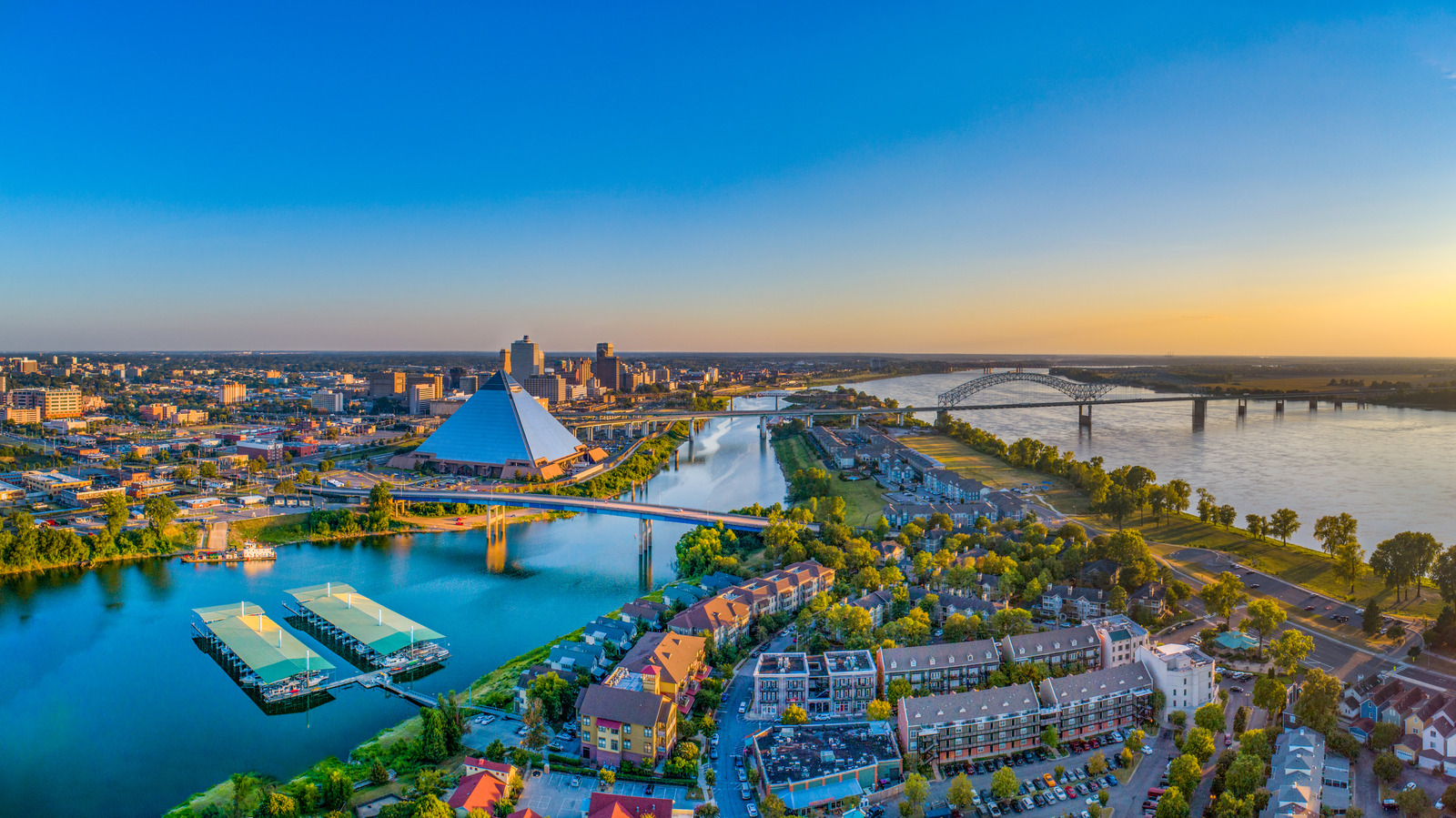



Comments ()